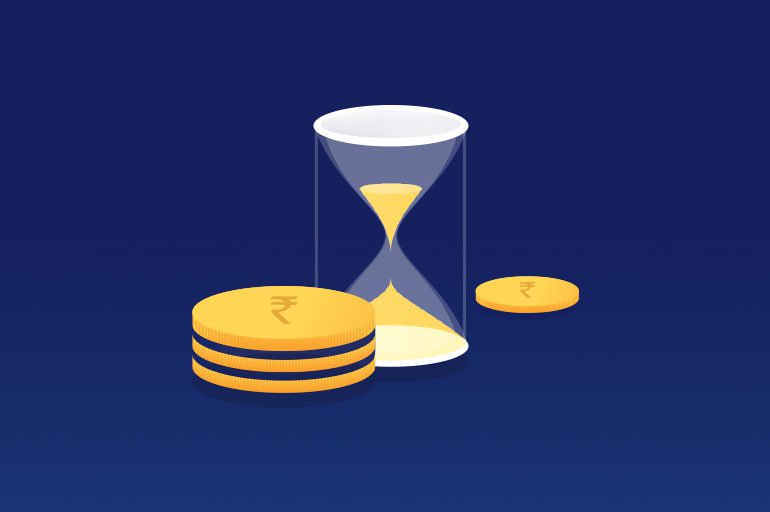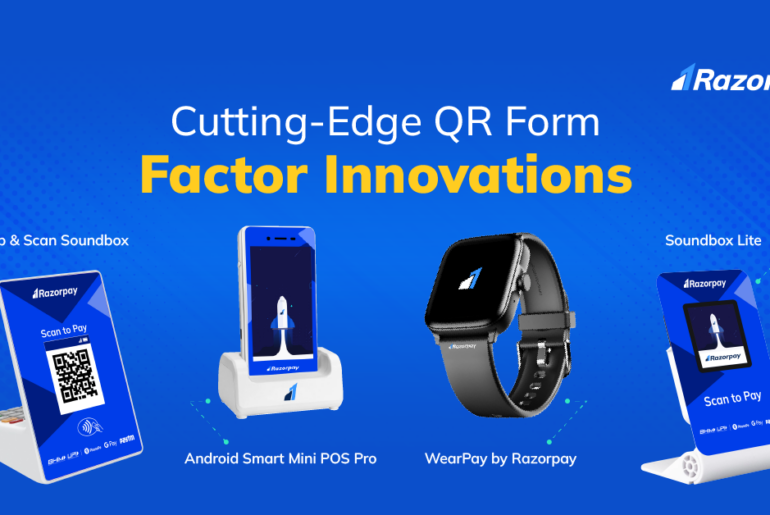In today’s fast-paced, digital world, businesses constantly seek ways to streamline their payment processes and provide customers with convenient, secure options. One such solution that has gained immense popularity is the merchant QR code. This article will delve into the intricacies of merchant QR codes, their functionality, and how you can easily create one for your business.
Table of Contents
What is a Merchant UPI QR Code?
A merchant QR code is a unique, scannable code that enables customers to make payments directly to a merchant’s bank account using their smartphone. This code is linked to the merchant’s Unified Payments Interface (UPI) account, allowing seamless, instant payment transfers.
When a customer scans the merchant QR using a UPI-enabled app, such as Google Pay, PhonePe, or BHIM, the merchant’s account details are automatically fetched, eliminating manual input. This makes the payment process quick, secure, and hassle-free for the customer and the merchant.
Related Read: QR Code Size Guide: Minimum, Maximum & Best Practices
How to Generate Merchant UPI QR Codes?
Generating a merchant QR code for your business is a straightforward process:
-
Choose a UPI-enabled payment service provider, such as PayTM, Google Pay, or PhonePe.
-
Register your business and complete the necessary KYC (Know Your Customer) formalities.
-
Link your business bank account to the UPI platform.
-
Generate your merchant qr code through the provider’s app or web portal.
-
Download and print the QR code or display it on your digital platforms.
Once you have your merchant QR code, you can start accepting payments from customers instantly.
There are two main types of QR Codes used for payments: Static and Dynamic.
Static QR Codes contain fixed merchant details and can be reused for multiple transactions. They are suitable for in-person payments at physical stores.
Dynamic QR Codes are unique for each transaction with pre-filled details, ideal for online or remote payments.
How Merchant UPI QR Codes Work?
The process of making a payment using a merchant QR code is simple:
-
The customer opens a UPI app on their smartphone and selects the “Scan QR” option.
-
They scan the QR code displayed at the store or on the merchant’s website.
-
The app automatically populates the merchant’s account details and prompts the customer to enter the payment amount.
-
The customer verifies the transaction details and authorises the payment using their UPI PIN.
-
The funds are instantly transferred from the customer’s account to the merchant’s linked bank account.
This entire process takes just a few seconds, making QR Code Payments a preferred choice for merchants and customers.
Benefits of Merchant UPI QR Codes
Implementing a upi merchant QR code offers several advantages for businesses:
1. Faster Transactions
QR Code Payments eliminate the need for cash handling or card swiping, significantly reducing transaction times. This leads to shorter queues, improved customer satisfaction, and increased sales volumes.
2. Lower Costs
Unlike traditional Point of Sale (POS) systems, merchant QR codes do not require any additional hardware or setup costs. Merchants only need to pay a minimal transaction fee, which is often lower than the Merchant Discount Rate (MDR) associated with card payments.
3. Enhanced Security
QR Code Payments offer a high level of security as customers do not share their sensitive information, such as card details, with the merchant. All transactions are encrypted end-to-end, reducing the risk of fraud and data breaches.
4. User-Friendly
Customers find merchant QR code payments intuitive and user-friendly, as they only need to scan the code using their smartphone and authorise the transaction. This ease of use encourages adoption and repeat purchases.
Conclusion
Merchant QR codes have revolutionised the way businesses accept payments, offering a fast, secure, and cost-effective solution. By implementing a merchant QR code payment system, you can streamline your payment process, enhance customer experience, and grow your business. With the increasing adoption of digital payments, embracing merchant qr codes is a smart move for any forward-thinking business.
Frequently Asked Questions (FAQs)
1. Is a Merchant QR Code different from a regular QR Code?
Yes, a merchant QR code is specifically designed for accepting payments and is linked to a merchant’s bank account. In contrast, regular QR codes can be used for various purposes, such as providing information or redirecting to a website.
2. Do I need a business registration to get a Merchant QR Code?
Yes, to obtain a merchant qr code, you need to register your business with a payment service provider and complete the necessary KYC formalities.
3. Can I generate multiple QR codes for different store locations?
Yes, you can generate unique merchant qr codes for each of your store locations, making it easier to track and manage payments.
4. Is there a transaction limit for payments via Merchant QR Codes?
Transaction limits for QR Code Payments may vary depending on the payment service provider and the Merchant Account type. It is best to check with your provider for specific limits.
5. Is there a daily transaction limit for Merchant QR Code payments?
The payment service provider and the Merchant Payment Gateway determine daily transaction limits for merchant QR code payments. Consult your provider for accurate information on daily limits.
6. Can I use the same Merchant QR Code for both online and offline sales?
Static merchant QR codes can be used for both online and offline sales, while dynamic QR codes are typically used for online or remote transactions.
7. Do customers need to enter a PIN for every QR code transaction?
Yes, customers need to authorise each transaction using their UPI PIN, adding an extra layer of security to QR Code Payments.


